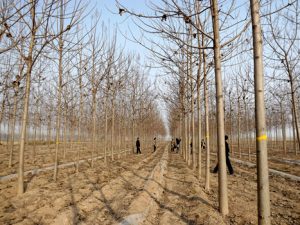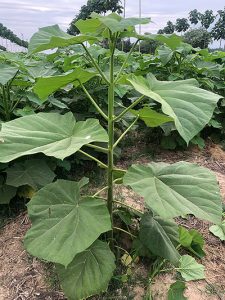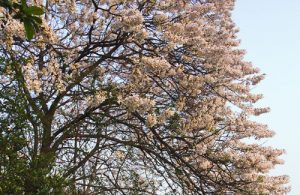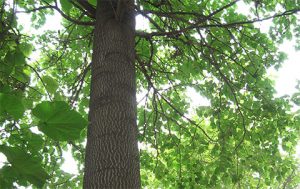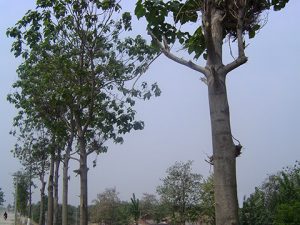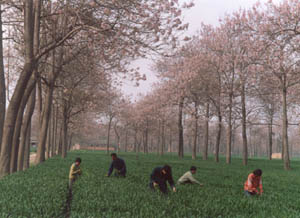What are the costs of paulownia afforestation?
Paulownia is a famous fast-growing tree species, it has a wide range of suitable growth, easy to survive, and easy to cultivate. The intensive cultivation of paulownia plantations requires a concentrated investment of the necessary funds within a relatively short period of time, the use of the latest scientific and technological achievements of paulownia varieties (quality seeds), the use of advanced cultivation techniques and production methods, and the use of modern management methods. Following the principles of maximum economic results, minimum data consumption and best economic benefits, intensive management of the entire rotation period is carried out.
The input of intensive cultivation of paulownia includes technology input and labor input. Technology input determines labor input, and thus determines the input and output rate of paulownia plantation.
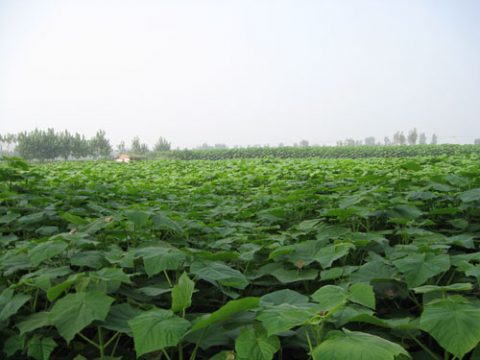
Technology cost
Compared with extensive cultivation, the technical input of intensive cultivation is huge. The production process of paulownia plantation, especially the intensive production process, is actually the full implementation process of paulownia cultivation technology, which exists before and after the process of paulownia forest management.
Although various inputs in the process of intensive cultivation and management of paulownia are very important, not all inputs can be effective due to technical limitations. According to the rate of return on investment in the entire production process of paulownia plantation, the production investment of paulownia can be divided into effective investment, ineffective investment and negative investment.
For example, the root tissue of paulownia is fleshy and tender. The larvae of scarabs are very fond of eating, especially for paulownia saplings that are 1-2 years old after afforestation. The saplings often wither in pieces when the damage occurs. Poor physical development, severe cases can cause the entire tree to die, and the peak period of damage varies with different climates, which seriously affects the survival rate of afforestation and the preservation rate of trees.
Technically, the use of chemical prevention and control methods, the use of the correct chemicals, the use of the correct application methods, and the correct timing of prevention and control are the key to the effective investment, ineffective investment and negative investment in this production investment. The three technical measures are all Correct is effective investment, and if one of the three is missing or incorrect, it may be invalid investment or negative investment.
In the case of more effective inputs in production, and fewer invalid inputs and negative inputs, not only the input of paulownia plantation is small, but the growth of forest trees is large, there are few diseases and insect pests, the rotation period is short, and the timber grade is high. Of course, the better the rate of return on benefits, on the contrary, the greater the investment, the lower the rate of return. Therefore, the level of paulownia cultivation technology also determines the level of investment in paulownia plantation and the benefit rate.
Labor costs
Labor input also includes two major parts: living labor and materialized labor. Living labor is represented by the labor used in the whole process from land preparation to harvesting. The cost is expressed in the form of hourly wage and piece rate. Materialized labor is manifested in the production materials and equipment used or consumed during the entire cultivation process, such as land, machinery, tools, seedlings, fertilizers, irrigation systems, water, electricity, and pharmaceuticals.

